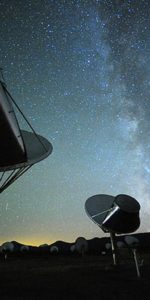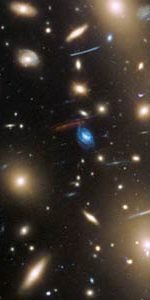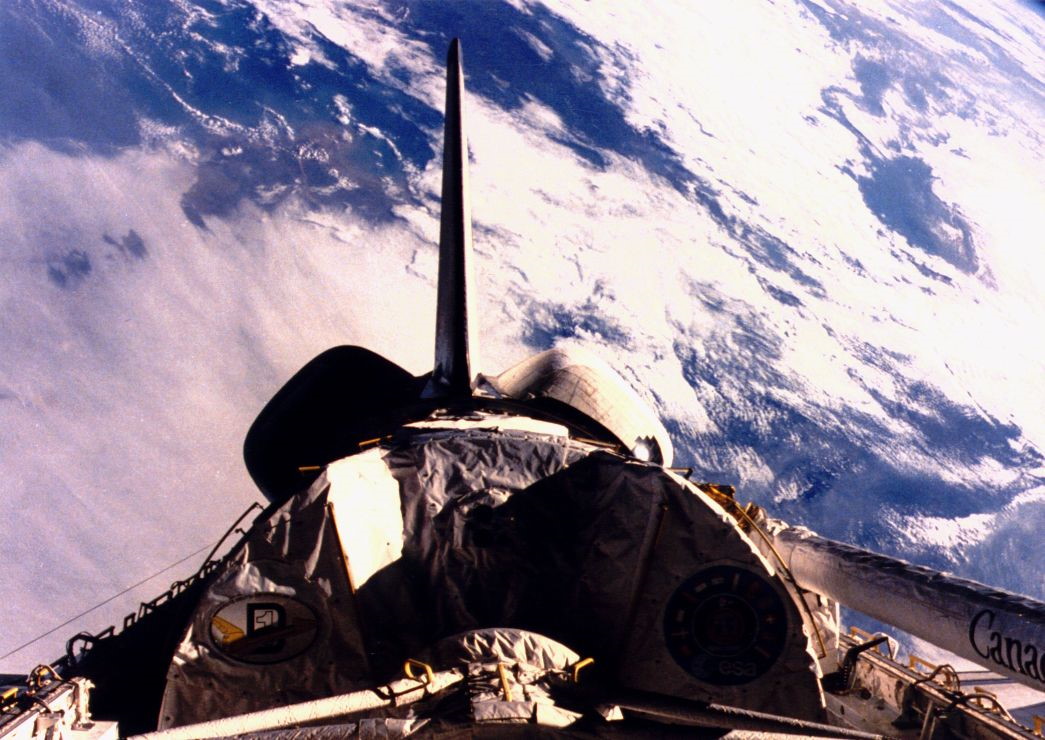
Thirty years ago, next week, Space Shuttle Challenger flew in space for the final time. Mission 61A—the ninth and last orbital voyage for the second space-rated shuttle—would make history by becoming the first U.S. piloted spaceflight to be controlled from outside the United States. Yet it also has an as-yet-unassailed place in the history books. As outlined in yesterday’s AmericaSpace history article, Commander Hank Hartsfield and Pilot Steve Nagel were joined by Mission Specialists Bonnie Dunbar, Jim Buchli, and Guy Bluford, together with Payload Specialists Reinhard Furrer and Ernst Messerschmid of then-West Germany and Wubbo Ockels of Holland, producing the world’s first eight-member spacefaring crew. Although STS-71 in mid-1995 would return to Earth with eight crew members, it would launch with seven, and Mission 61A therefore remains unique in the annals of space exploration for having transported the largest-ever number of people to and from orbit aboard the same vehicle.
Launched at precisely midday EST on 30 October 1985—and flying for what would turn out to be her final time from Pad 39A—Challenger was inserted into an orbit of 200 miles (320 km), inclined 57 degrees to the equator, after which the “Blue Team,” led by Steve Nagel, set to work configuring the vehicle for seven days of operations and activating 76 life and microgravity science experiments in the pressurized Spacelab D-1 (for “Deutschland”) facility in the payload bay. In order to handle around-the-clock research, Nagel, Dunbar, and Furrer’s shift was balanced by the “Red Team” of Buchli, Bluford, and Messerschmid, although Hartsfield and Ockels tended to align their work schedules with the Blue Shift. “Wubbo decided to freelance,” remembered Hartsfield. “He didn’t have a fixed shift. His shift would overlap the other two shifts. It was kind of a weird arrangement. He chose to sleep in the airlock. He had a sleeping bag and the only trouble was that people going back and forth would bump him as they went through there.” At the post-flight press conference, Hartsfield jokingly referred to Ockels as the “Purple Team.”
In honor of the traditions of his Dutch homeland, Ockels took a large bag of gouda cheese as part of his personal allowance. “The coolest part of the vehicle,” said Hartsfield, “was the tunnel that went from the middeck to the lab. He taped that bag of gouda up in the tunnel. It was so convenient that anybody that went there—on the way back and forth—reached in. About the second or third day, he was upset because two-thirds of his cheese was gone!”
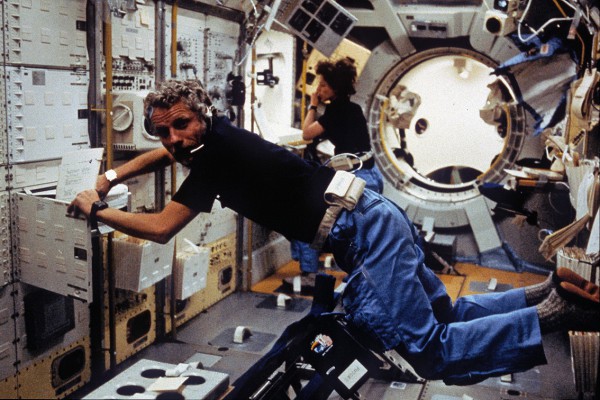
In a manner not dissimilar to the Spacelab-3 mission, earlier in 1985, Challenger was oriented in a gravity gradient attitude to provide a quiescent microgravity environment for the on-board materials processing and fluid physics investigations. “There’s a little bit of atmospheric drag, even at those altitudes, and there’s a gravity effect from one end of the shuttle to the other,” explained Nagel, “which will cause it to change attitudes, so you get it in a stable attitude before you turn the jets off. This is interesting, because usually you want the long axis pointed at the Earth, either tail to the Earth or nose to the Earth, and the wing oriented in some way that it’ll be fairly stable. And we would get it in this attitude, which was nose at the Earth, and the right wing pretty well forward. You ‘slide’ along like that and get it all stable and turn off the jets, and it would just stay there. It would slowly wander around a little bit and roll over a long period, like half-hour or so, kind of oscillate. It made for very interesting Earth viewing; it’s almost like you’re suspended in a gondola.”
Perhaps demonstrative of the relative monotony of Spacelab flights for pilots, Nagel’s job consisted of periodically purging the fuel cells, dumping waste water, taking photographs, and preparing meals for the rest of the crew on his shift. “But the good thing about the mission,” he said, “was the high inclination. We flew 57 degrees, which means you cover most of the inhabited part of the world. It was just a bonanza of Earth observations. We shot all of our film.” For Hartsfield, the comparatively relaxed pace for the “orbiter crew” allowed him to indulge in some light-hearted banter, particularly as Halloween coincided with Challenger’s second day in space. “I took the back off one of the ascent checklists,” he said, “drew a face on it, cut out eye holes, got some string and made a mask! I took one of the stowage bags and went trick-or-treating in the lab. They don’t do Halloween in Germany, so they didn’t know what I was up to! I decided not to pull any tricks on them, but I didn’t get much in my bag. One of the guys took a picture of me with that mask on, and somehow it got released back in the U.S. About a month after the flight, I got a letter from a congressman who had a complaint from one of his constituents about her tax money being spent to buy toys for astronauts! I had to explain that nothing was done and it was made in flight from material we didn’t need anymore. It was just fun.”
The final full flight of Challenger passed remarkably quietly. One of the few problems experienced was a cabin leak, which triggered alarms on several occasions. “We discovered, later on, the leak was due to one of the experiments inadvertently venting into space,” said Bluford. “We also had a false fire alarm go off on us during flight.” Nonetheless, despite the hectic, around-the-clock pace, some time was granted to each spacefarer simply to gaze down on the Home Planet.
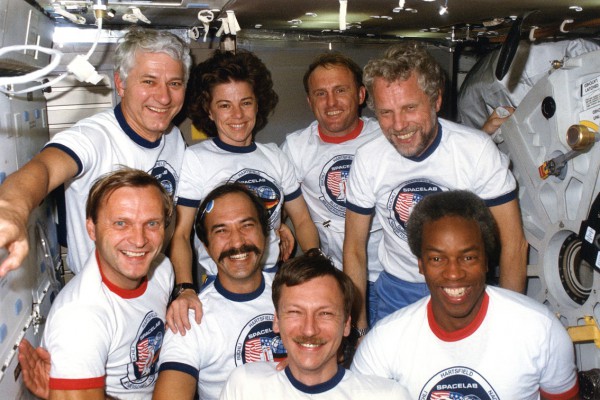
“We were flying into darkness, passing over Tasmania,” Buchli told a Smithsonian interviewer, years later, “and heading down toward Antarctica. The southern aurora was just unbelievable! It looked like an octopus sitting over the South Pole, with tentacles of light coming out. The orbiter was flying upside down, with the nose pointing toward the pole, and the tentacles shimmered a fluorescent blue-pink. It was like the whole nose was bathed in aurora. Even though we were much higher, you could still see the glow off the front of the nose. I knew what was coming, because I had seen the same geometry when we passed over the pole the day before. I went down to the middeck and literally grabbed Reinhard Furrer, who was on the other shift … and stuffed him up there in the nose of the vehicle. We’re lying upside down, with all the switches and circuit breakers next to our chests, and we’re peeking out the front windows, straining to look to the side of the orbiter. For probably ten minutes, we watched these shimmering bands coming off the South Pole. Finally, Reinhard said “Jim, that was fantastic! That was the most beautiful thing I’ve ever seen.” Then he went back downstairs to work.”
Returning to a landing at Edwards Air Force Base, Calif., on 6 November, the shuttle’s descent to the desert runway was picture-perfect. “Challenger, we show you on-glideslope, on-centerline,” came the call from the Capcom, seated in the Mission Control Center (MCC) at the Johnson Space Center (JSC) in Houston, Texas. “Surface winds are calm.”
“Roger,” came the call from Hartsfield.
A few seconds later, Nagel deployed the landing gear and Hartsfield brought his ship to a smooth touchdown on Runway 17 at 9:44 a.m. local time, wrapping up a mission of just a little over seven full days. During rollout, he performed a computerized steering test of Challenger’s nose landing gear, ahead of plans to resume shuttle landings at the Kennedy Space Center (KSC) in Florida, following an instance of seized brakes and a burst tire at the end of Mission 51D in April 1985. Although he considered the test a success, Hartsfield felt that attempting KSC landings was somewhat premature. In 49 seconds, and around 9,840 feet (3,000 meters), he brought Challenger to a halt and announced “Wheels Stop.”
“Roger, wheels stop, Challenger,” came the reply from the Capcom. “Welcome home and congratulations on a beautiful flight. Henry, we’re working on your post-landing deltas and we’ll get right back to you.”
Looking back with the benefit of hindsight, it is difficult not to view Mission 61A as the final swansong of Challenger’s career, for less than three months later—on 28 January 1986—and through no fault of her own, she would vanish in a fireball, killing her 10th crew and stalling the entire shuttle program for almost three years. Hindsight bias, of course, allows us to regard Spacelab D-1 as the end of an era, which in a sense it was for Challenger, but on the other hand a bright future might have stretched ahead of her in 1986. As described in a previous AmericaSpace article, the “moderately complex” Mission 51L, with its already-baselined satellite deployment and retrieval activities, would have been followed by Challenger becoming the first shuttle to launch a spacecraft onto an interplanetary trajectory. Later in 1986, she would have retrieved NASA’s Long Duration Exposure Facility (LDEF) from orbit and would have staged her first classified Department of Defense mission. All told, 1986 might have seen Challenger fly on as many as four occasions for the first time in her spacefaring career.
Alas, in one of the great tragedies of history, it was not to be. And on the freezing morning of 28 January 1986, Challenger’s Golden Age came crashing to a premature end.
This is part of a series of history articles, which will appear each weekend, barring any major news stories. Next week’s article will focus on the 15th anniversary of Expedition 1, the first long-duration increment to the International Space Station (ISS).
Want to keep up-to-date with all things space? Be sure to “Like” AmericaSpace on Facebook and follow us on Twitter: @AmericaSpace




